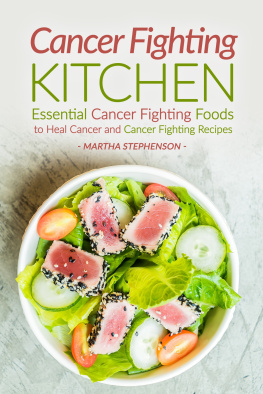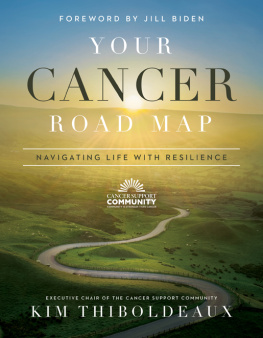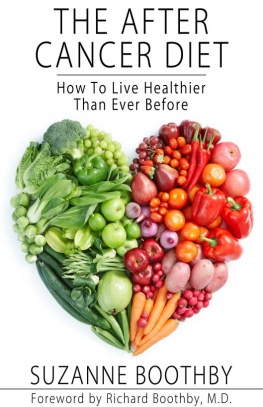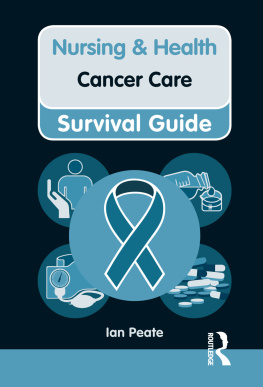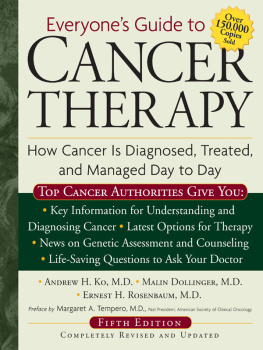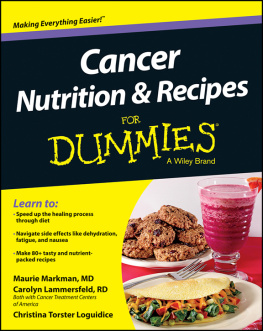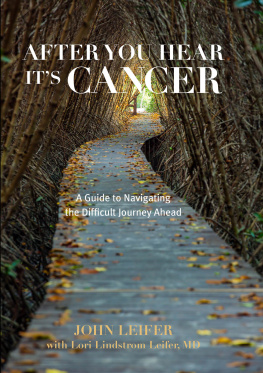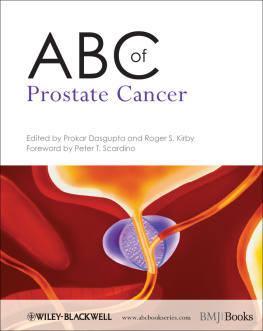
Published in 2013 by
Struik Lifestyle
(an imprint of Random House Struik (Pty) Ltd)
Company Reg. No. 1966/003153/07
Wembley Square, Solan Road, Gardens, Cape Town 8001
PO Box 1144, Cape Town, 8000, South Africa
www.randomstruik.co.za
Copyright in published edition: Random House Struik (Pty) Ltd 2013
Copyright in text: Tamaryn Sutherns 2013
Copyright in cover image: iStockphoto, gerenme 2013
Copyright in recipe photography: Random House Struik (Pty) Ltd.
All rights reserved. No part of this publication may be reproduced, stored in a retrieval system or transmitted, in any form or by any means, electronic, mechanical, photocopying, recording or otherwise, without the prior written permission of the publishers and the copyright holders.
Publisher: Linda de Villiers
Editor: Bronwen Leak
Concept designer: Beverley Dodd
Designer: Randall Watson
Cover designer: Monique Cleghorn
Proofreader and indexer: Anja Grobler
Printed and bound by: CTP Printers, Duminy Street, Parow, 7500
Reproduction by: Hirt & Carter Cape (Pty) Ltd
ISBN: 9781432301576 (Print)
ISBN: 9781432302832 (ePub)
ISBN: 9781432302849 (PDF)
Recipe photography credits
: Warren Heath/Random House Struik
: Ryno/Random House Struik
CONTENTS
INTRODUCTION
A CLEAN LIFE, A CLEAN BODY
There is an undeniable link between nutrition and cancer. The aim of this book is to not only investigate this link, but also to show you how diet and a clean way of eating can contribute to both the prevention and treatment of cancer. You will find comments from dietitians, raw food experts and those in the meat industry, as well as statistics from some of the worlds leading cancer research institutions. In time, you will see that it all comes down to a simple truth: you cannot get healthy without eating healthy. If you put rubbish into your body, your body will in turn become rubbish. If you put wholesome, healthy and nutritional food into your body, your body will be wholesome, healthy and nourished.
Eating clean means following a diet that ensures only the best and most healthy foods, like fresh fruits and vegetables, go into your body. It also means avoiding things that are not as clean, like refined sugars, snacks laden with salt, and trans-fats. There are many different ways to eat clean, which are outlined in the following chapters and are accompanied by personal stories from those who have either had cancer or have been through it with a loved one. My hope is that this information will firstly help you decide for yourself the impact clean eating can have on the prevention and treatment of cancer, as well as general health and well-being, and secondly show you how to go about it.
Good nutrition is vital for everyday living and even more so for people dealing with a life-threatening illness. The bottom line is that by eating clean, you can change your life.
A CRUEL DISEASE
Every life is a purpose; some purposes are completed before others. CARRIE BROWN
Hillcrest, tucked up on a hill in KwaZulu-Natal, has a slight chill in the air, even in summer. Mist rolls across the surfaces of roads and fills the valleys, driving residents deeper under their down duvets.
But I cannot imagine it was the weather that concerned the Browns that summer in 2011. Carrie, after undergoing another painful surgery, had been told there was nothing more the doctors could do for her. Her son had just turned five. Her sister-in-law Kerry, my very best friend from high school, busied herself with work as the realisation of death washed over her and left her numb. It was a difficult time for the whole family. Should they take time off work? How long might it be? Was this really the end? Sister Cherry Armstrong sat with Carrie as she lay in her bed suspended between life and death, her pale skin bearing no sign of the seven years of torture she had endured.
As a patient starts his or her journey of death, they are very aware of what is happening. Their skin is very pale, maybe bluish in colour. Everything lacks lustre, eyes can become sunken with no brightness, Sister Armstrong tells me. She has sat by the side of many cancer patients and held their hands as they have slipped into deathly sleep. She spends the time before consoling, advising, pacifying and helping them confront the fear and trauma of the experience. Death is a profound human experience. As someone approaches death, their emotional and spiritual needs are as great, if not greater, than those of their body.
I had known Carrie since my school days, when she returned from England with her husband, Kerrys brother. They were high-school sweethearts and she often told us their love story. They had met at the ice rink in Durban as teenagers, got married in their early twenties and gone on to travel the world, eventually working in the UK. Her stories were intoxicating; we, in the adolescent stage of our lives, drank them in and made them our own. It was Carrie who advised us through our early, insignificant relationships. Her sense of humour, good-natured demeanour and compassion had me enthralled.
Tragedy struck soon after their return to South Africa, in 2004. A lump was found in Carries breast. Not even a year later, Kerrys boyfriend underwent treatment for testicular cancer. I wondered how much one family could bear. A lot, I would come to learn. Kerry stayed in KwaZulu-Natal as her family fought the dreaded disease that had invaded their lives, Carrie only ever on the cusp of recovery before tragedy would strike again. I went away to study, isolated by my newfound wonder of the world.
I got the call in early December 2011, while rushing off to interview someone for a magazine article. Carrie was gone. I put down the phone and drove to the appointment no longer caring how late I was. My throat was dry as I asked my questions and I barely heard the answers.
DEALING IN DEATH
How do you console a family who have spent years fighting demons? I didnt know. The Browns had been in a war zone for so long and now it was all over. And yet there are so many others in our country, in our world, who are right now standing in that same war zone, fighting the same cruel disease. The World Health Organization (WHO) reports that cancer is the leading cause of death worldwide, responsible for 7.6 million deaths in 2008 alone; and that worldwide deaths from cancer are rising. It estimates that 13.1 million people will die from the disease in 2030. Cancers prevalence, however, does nothing to quell the grief of those who have lost loved ones.
There is never a way to ease anyones pain. Everyone goes through their own journey of grief in their own way; you can just be there to listen and be honest with whatever questions they have, Sister Armstrong explains. Carries death was a tragedy that I struggled to come to terms with, for myself and her family.
Carrie and her husband had bravely decided during her battle with cancer to try to conceive a child before the inevitable hysterectomy. Their beautiful boy was born in November 2006. I asked Sister Armstrong what Carrie spoke about in her last few days and it was mostly her son. Patients speak of their fear, their beliefs, their families, the people they are leaving behind and, as they near death, they often speak about the people they are seeing, the people who are close to them and these are always people who have died. I truly believe they have a link to the other side at this point, she tells me.
Next page

